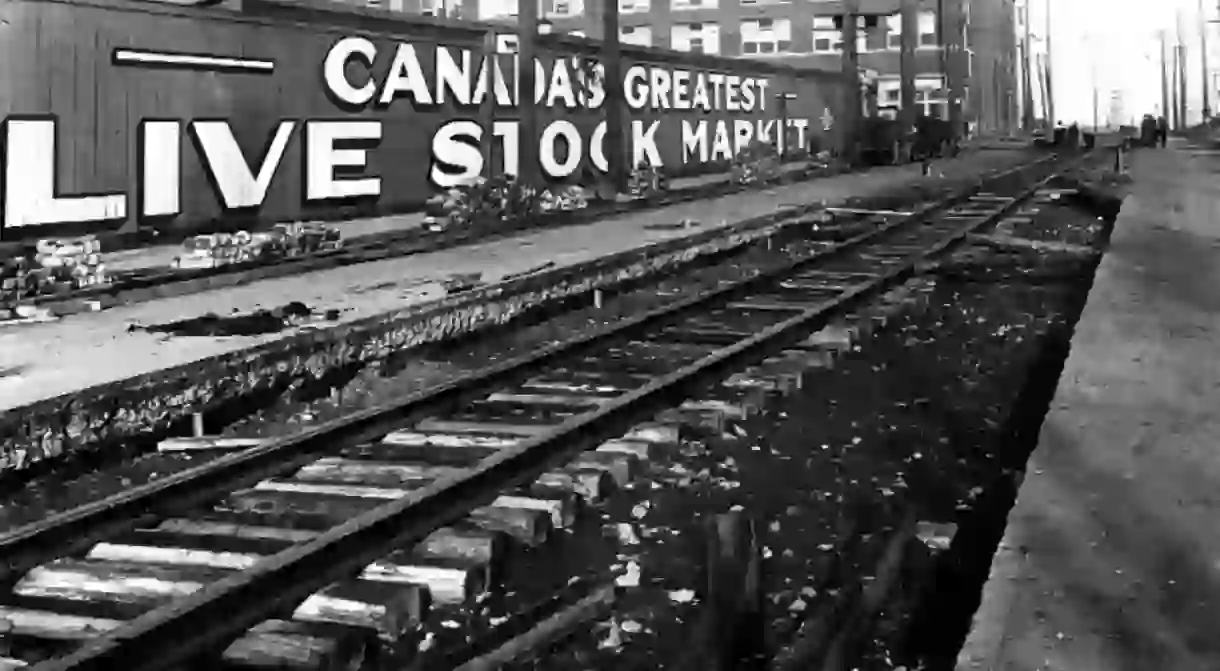29 Photos That Tell The History Of The Junction, Toronto

The Junction, named after its four intersecting railways in this west Toronto neighborhood, has a rich and fascinating history, encompassing a whole scope of interesting, trivia-worthy facets. From its old Native Canadian trading trails, to railway tracks that fostered the growth of industry, to Canada’s largest livestock market and center of Ontario’s meat-packing industry, the Junction is steeped in history.
The neighborhood was dubbed the “wild west” of the city thanks the behavior of some of the workers at the turn of the 20th century. The notorious behaviour led to an alcohol ban which lasted nearly a century. After the close of the stockyards in 1993 and repeal of the alcohol ban in 1998, the area began to transform and was redeveloped with housing, shops and restaurants. It has regenerated itself into a unique Toronto enclave between Runnymede Road and the Canadian National Railway corridor, nestled between Annette and St. Clair street. The “small town charm” of the area is still deeply felt. Despite its growth and revitalization, most of the original architecture and character remains intact. This vibrant neighborhood has plenty to see.
May 4, 1906: The Weston Streetcar

September 17, 1912: Dundas Street West and the Peacock Hotel

October 15, 1913: Keele Street Park

C. 1915: Toronto Public Library

c. 1916: Maple Leaf Milling Co. and Campbell Flour Mills Co.

February 8, 1922: Dundas Street and Pacific Avenue

October 17, 1922: Dundas Street West

March 21, 1923: Dundas Street

1923: The Stockyards

November 28, 1923: Dundas Street, looking west

October 31, 1924: St. Clair Avenue and Hounslow Heath Road

March 16, 1927: Heydon House Hotel

August 2, 1929: Runnymede and Lambton bus stop signs

November 14, 1929: Lansdowne Avenue

July 9, 1931: Union Street and St. Clair Avenue

July 9, 1931: Mulock Avenue

April 23, 1932: Subway – Royce Ave

April 23, 1932: Canadian General Electric Co.

August 29, 1934: Symes Road incinerator

June 26, 1941: Dundas Street

1942: A fire hall on Jane Street

c. 1950: Canada Packers stock yards

February 19, 1952: Annette Street

1955: West Toronto Railway Station

1956: Interurban Electric Company

August 31, 1957: C. P. R., Runnymede Yards

December, 1958: Davenport Road and Osler Street

c. 1987: Dundas Street West

Now: Keele and Dundas Street














